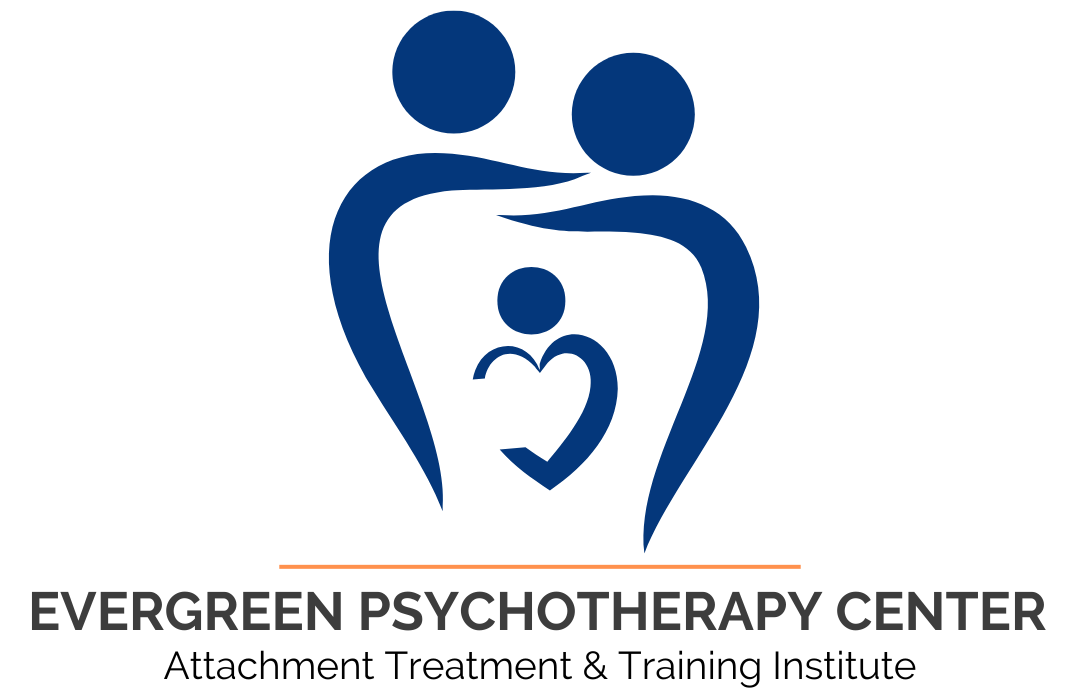Children with severe trauma and attachment wounds are typically angry, oppositional and defiant, mistrustful, contemptuous of authority, and lack genuine and caring relationships. It is not surprising, therefore, that they are extremely resistant to therapy and therapeutic relationships. Many families that enter our treatment program have experienced a number of prior treatment failures.
There are a variety of therapeutic responses and strategies that we have found to be effective in managing and reducing resistance:
• Remain proactive: Therapist sets the tone for the relationship and the treatment process.
• Neutral emotional response: Therapist avoids negative emotional responses (e.g., anger, shock, rejection); does not get “triggered” by the child’s attitudes and behaviors.
• Avoid control battles: Resistance has no power or influence when it “falls on deaf ears.” The therapist does not engage in most control battles and power struggles.
• Doing more of the same: Prescribing the symptom or current behavior “takes the wind out of the sails.” For example, a therapist may encourage an oppositional child to look into his or her eyes and say, “I don’t want to do it your way.” The child is now complying with the therapist’s request, and the therapist can praise the child’s honesty and be empathic.
• Acknowledging choices and consequences: The child is given the message that resistance is a choice and has certain consequences. For example, a child may be told that he or she is free to choose to be noncompliant in therapy, and a dialogue ensues regarding all the possible consequences of that choice.
• Convey commitment and perseverance: Children have often learned to “wait the other person out,” i.e., realizing they have succeeded in getting their way because others become frustrated, confused, or hopeless in
dealing with them. The therapist gives the message, “I will persevere with you no matter how long it takes.”
• Do not resist the resistance: The therapist allows the child to express resistance while remaining calm and projecting an air of indifference regarding behavior (not the child). For example, the therapist may dialogue with a co-therapist (third-party conversation) about the child’s resistant behaviors in a nonchalant way, which eliminates the power of resistance.
• Identifying underlying emotions: Resistance is generally fueled by fear and anxiety. Acknowledging and displaying genuine concern and compassion for the child’s underlying fears of vulnerability, abandonment, abuse, and loss switch the focus from superficial manipulation to meaningful emotions.
• Providing empathy: The therapist communicates the message, “I understand why you do not want to participate in therapy; if I had a background like yours, I would not trust anyone either; how sad that you were taught to be afraid and mistrustful.” Children feel understood and validated and often reduce their defensiveness and resistance.
• Positive frame: The therapist encourages, validates, empowers, and guides the child to success and hope. The message conveyed is, “I know you can do this; you can be a winner; I have faith in you.”



There has to be a point where the therapist has to admit if the child is resisting therapy it needs to stop. Some people have more problems with therapy due to the second guessing and misinterpretation by the therapist. For example my kids therapist was telling me to ignore his bad behavior and it would stop. It became worse because it was not attention seeking it was boundary pushing. When a child who needs boundaries reinforced gets worse not only at home but in society. Therapy is not for everyone. Most of the worst decisions in my life have been courtesy of a therapist as for the time they have they cannot consider and keep up with all the details. Said child has been removed from therapy and is now doing very well on his meds and strict boundaries.
Marie, Glad to hear your child is doing better with meds and boundaries. Yes, therapy is not for everyone. It is important to understand what the resistance is about. It is not black or white. Sometimes resistance is about fear of dealing with scary situations. A good therapist is sensitive to the child’s needs, feelings, and readiness to deal with scary things. Anyway, glad your child is better, and that you advocate for your child.
I’m new to private practice. (I’ve been practicing for 7 years, though). I’m working with a twin that is very resistant. She will come into the office but as soon as we get in there she starts asking, “Is it time to go? Can we go now?” I’ve tried to just wait it out but she just sits there and rarely talks. Any suggestions? I’ve tried the phrase, “it seems like you really don’t want to be here.” No response.
Is this a child or adult, because your therapeutic approach will be different. Is the resistance due to lack of motivation, fear of dealing with difficult, frightening and painful issues and emotions, problems in forming a relationship with the therapist, or pessimism due to prior treatment failures? I do not know this person, so I cannot make specific suggestions. However, try to determine what the resistance means personally and interpersonally, and if it is ongoing pattern.
As a Therapist in training, I have several children on my caseload. My approach is to develop a relationship with the child by having non-therapeutic games planned for the child. For example, I have legos, play-doh, crayons, board games, card games, mind puzzles, and figurines. My focus is to find out their likes and dislikes. When I was a teacher I learned about and played the videogames and apps the kids liked to play. I may ask a child what apps or videogames they like to play. You need to find ways to relate to the child. The key is to get them to start talking. They usually don’t want to talk about anger and how to control it, but after building a relationship with them they might want to talk about “I hate it when…” I had one client that it took me several months for him to start talking but it started when we used to play chess. Unlike adults who want to deal with their problems head on, you need to be a little sneaky to address their issues.
Yes. This called “joining” with the child. Thanks for sharing.